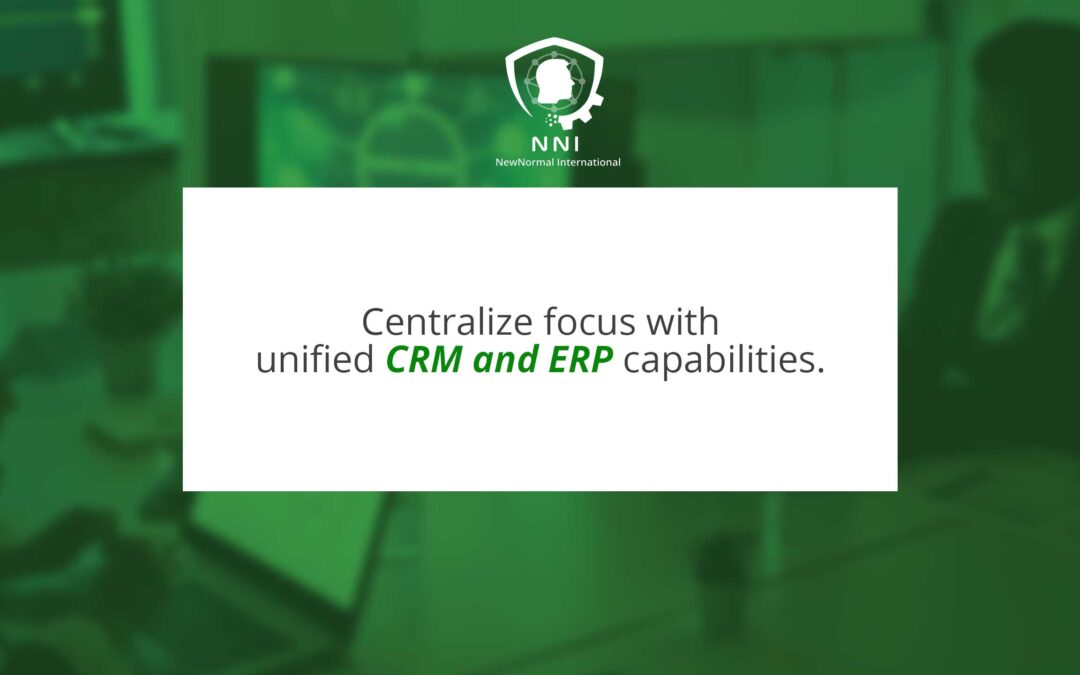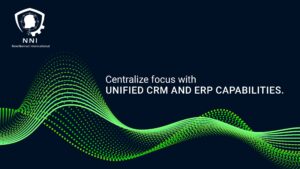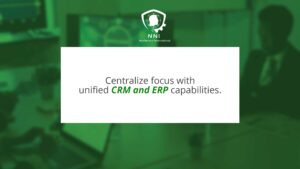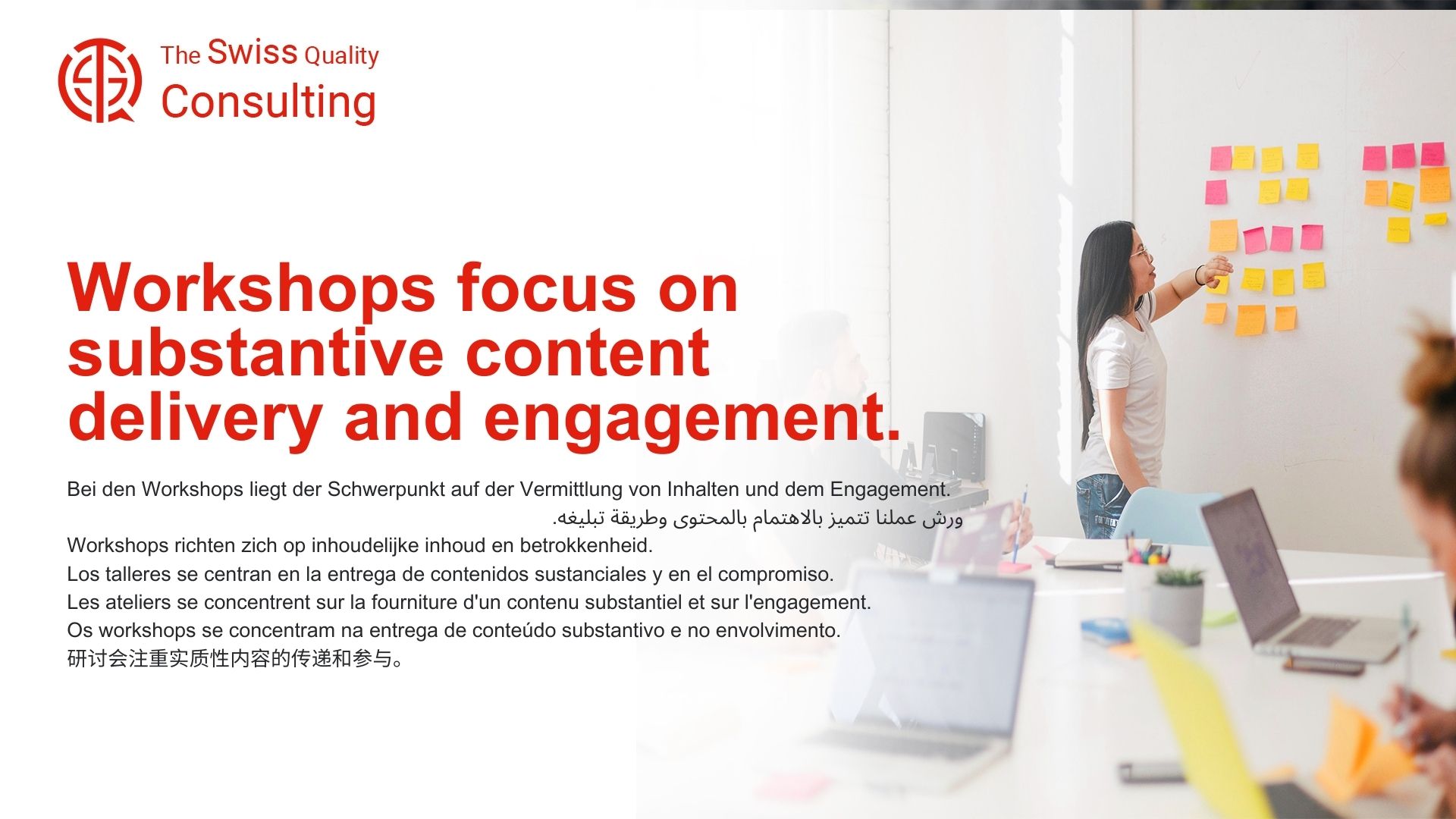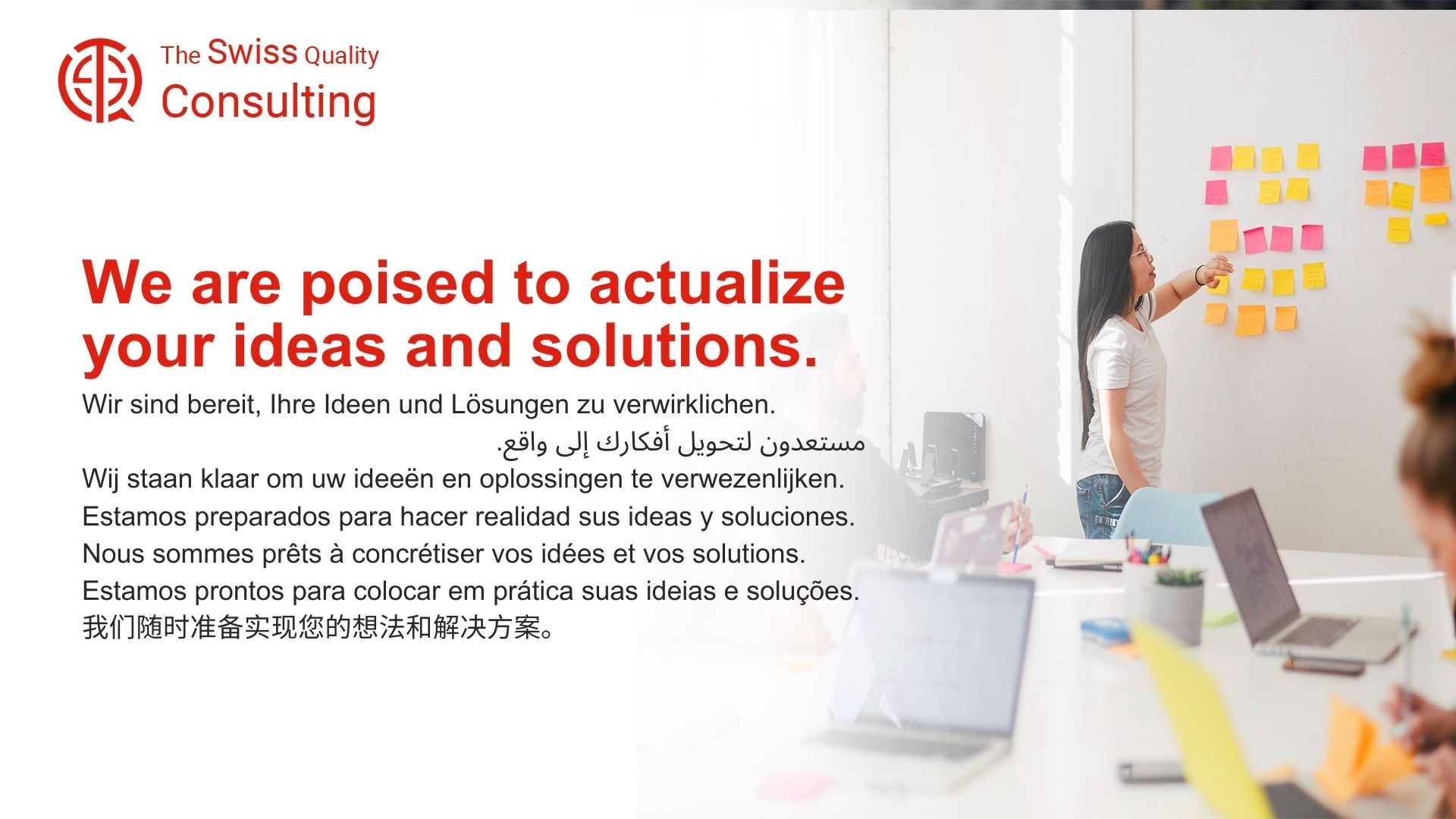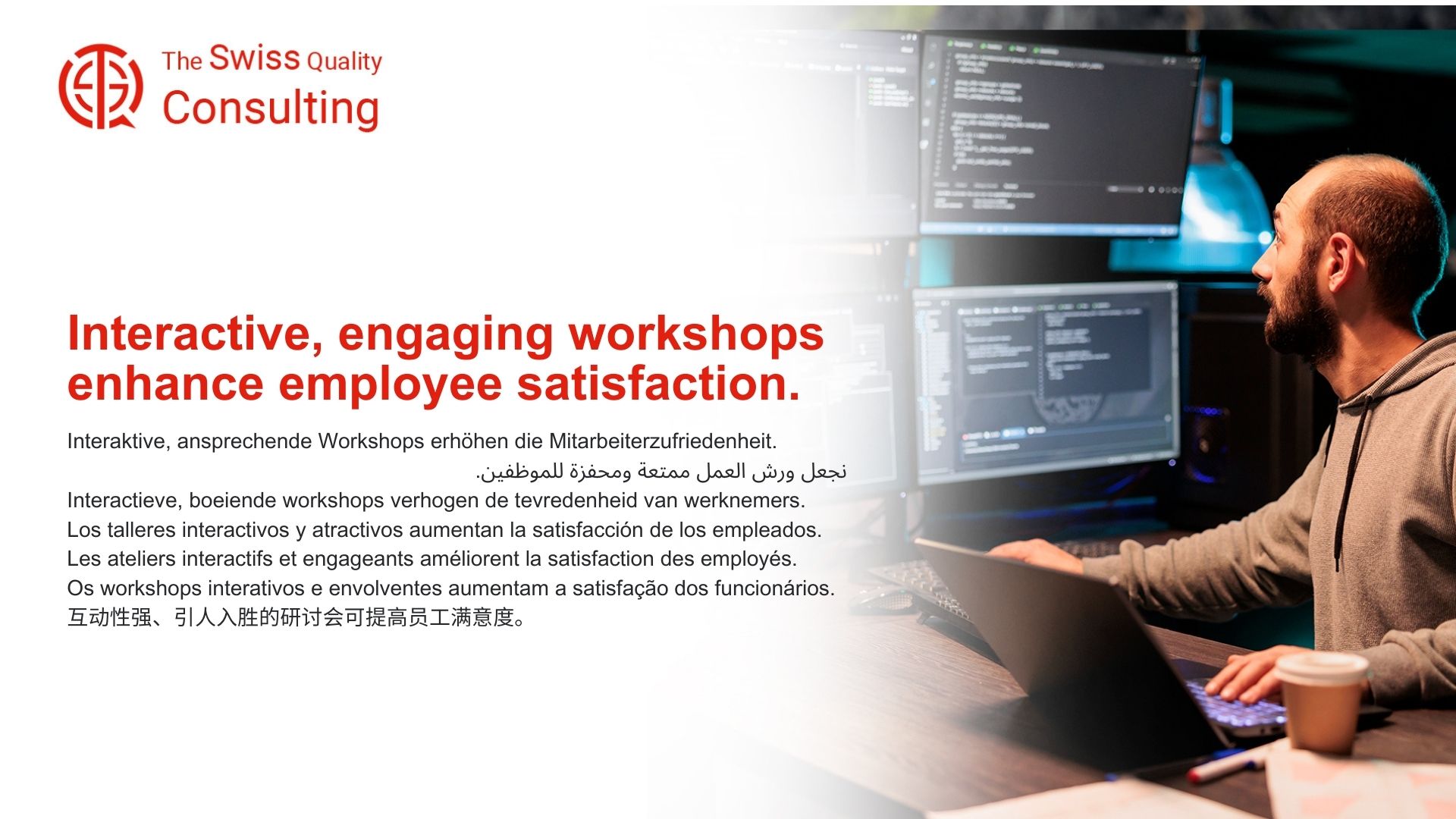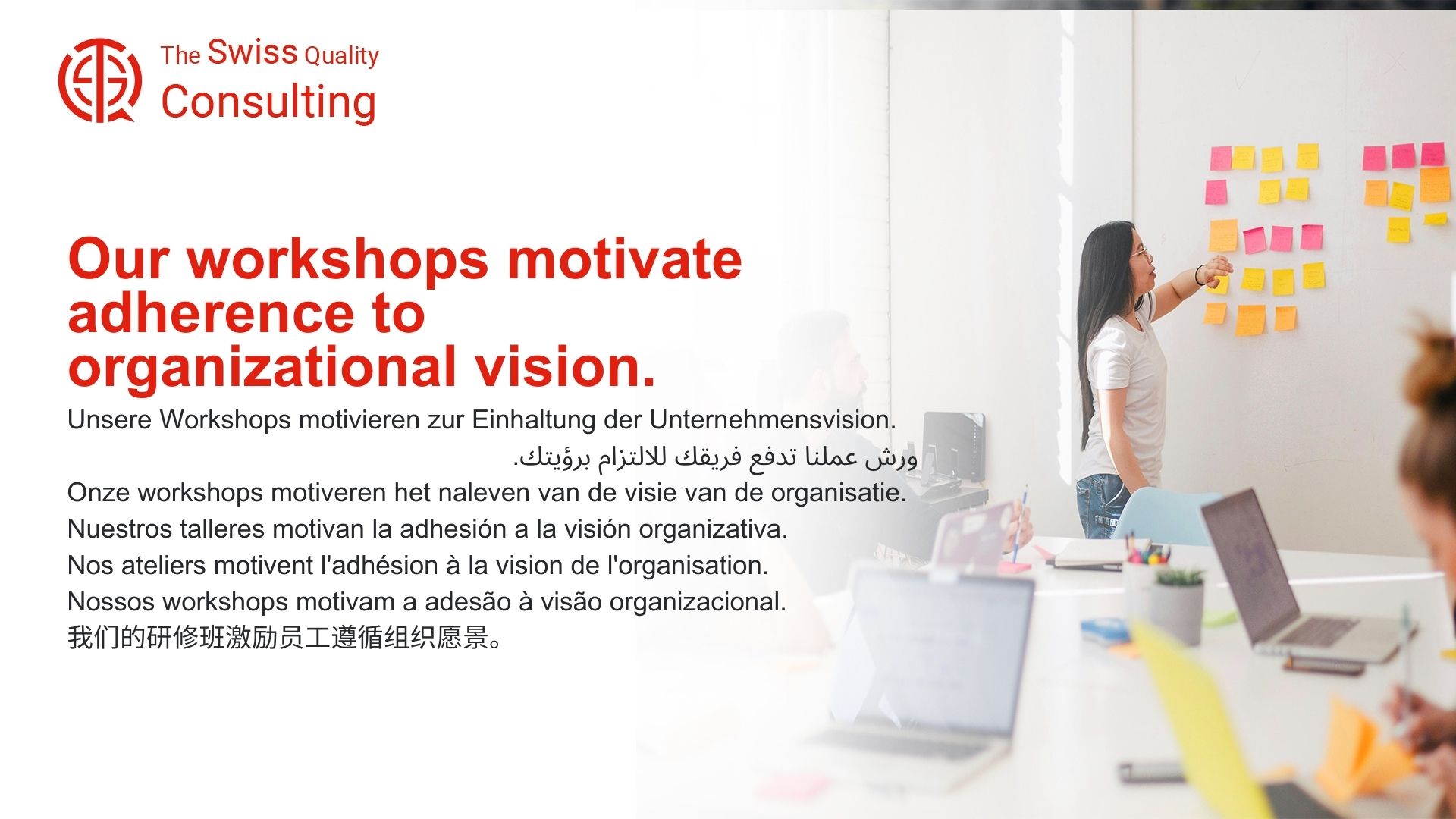The Synergy of CRM and ERP Integration in Modern Business
The strategic imperative to “Centralize focus with unified CRM and ERP capabilities” has become a cornerstone for businesses aiming to enhance efficiency and streamline their operations. This article explores the integration of CRM and ERP systems and how it revolutionizes business processes, facilitating better management, and decision-making.
Understanding CRM and ERP Integration
CRM and ERP systems, once operated as distinct entities, are now increasingly unified. This integration brings together customer relationship management with enterprise resource planning, allowing businesses to have a comprehensive view of their operations from sales to financial management.
Benefits of Unified CRM and ERP Systems
The melding of CRM and ERP capabilities offers myriad benefits. It ensures seamless data flow across different departments, enhances accuracy in reporting, and improves overall operational efficiency. This unity enables businesses to respond more quickly to market changes and customer needs.
Role of Executive Coaching in CRM and ERP Integration
Executive coaching plays a crucial role in guiding business leaders through the complexities of CRM and ERP integration. Coaches can help executives understand the strategic advantages of this integration and how to leverage it for maximum business impact.
Effective Communication in the Integrated System Era
While the technical integration of a unified CRM and ERP system represents a significant milestone, it is merely the foundation for achieving its full potential. To truly unlock the transformative power of this integration, effective communication throughout the implementation process and beyond is crucial. By thoughtfully engaging stakeholders and fostering transparency, businesses can achieve:
1. Smooth Adoption and User Buy-In: Clear and comprehensive communication about the benefits of the new system, the changes it entails, and the expected learning curve are essential for securing user buy-in. Demonstrating how the system will address their specific needs and simplify their work fosters a sense of ownership and encourages active participation in the implementation process.
2. Reduced Resistance and Enhanced Collaboration: Openly addressing concerns and anxieties about the changes helps alleviate resistance and build trust. By encouraging open dialogue and actively listening to feedback, businesses can create a collaborative environment where everyone feels comfortable voicing their opinions and working together to ensure a successful transition.
3. Improved Data Quality and System Integrity: By clearly communicating data management protocols and expectations, businesses can ensure the accuracy and consistency of data entered into the system. This high-quality data strengthens information sharing across departments, facilitates informed decision-making, and ultimately enhances the overall effectiveness of the integrated system.
4. Optimized Workflows and Streamlined Processes: Effective communication facilitates the identification and analysis of existing workflows, enabling businesses to streamline processes and optimize resource allocation. This collaborative approach ensures that the system is tailored to the specific needs of the organization, maximizing its efficiency and contributing to greater productivity.
5. Transparent Reporting and Accountable Action: Regular communication about the system’s performance, usage metrics, and identified challenges ensures transparency and accountability. By sharing key information with stakeholders, businesses can foster a culture of continuous improvement, identify areas for further optimization, and ensure that the system is delivering the desired outcomes.
6. Building a Unified Data Culture: Effective communication helps break down departmental silos and foster a collaborative data culture within the organization. By encouraging cross-functional knowledge sharing and data-driven decision-making, businesses can unlock the full potential of their integrated CRM and ERP system and achieve greater transparency and operational excellence.
7. Long-Term System Adoption and Continuous Improvement: Ongoing communication and support are essential for ensuring long-term system adoption and continuous improvement. Providing regular training, addressing user feedback, and celebrating successes helps maintain user engagement and encourages them to actively contribute to the ongoing optimization of the system.
8. Fostering a Culture of Innovation and Growth: Effective communication creates an environment where data-driven insights and user feedback are valued, encouraging innovation and continuous improvement. This open and collaborative culture empowers employees to identify new opportunities, develop creative solutions, and ultimately contribute to the organization’s long-term success.
9. Building a Future-Proof Foundation for Business Transformation: By prioritizing communication throughout the implementation and ongoing operation of a unified CRM and ERP system, businesses lay the foundation for future-proof success. This deliberate approach ensures that the system remains relevant and adaptable, enabling organizations to navigate change, embrace new opportunities, and thrive in the ever-evolving digital landscape.
10. Maximizing the Return on Investment: Effective communication is not just a best practice; it is a strategic investment. By fostering collaboration, ensuring smooth adoption, and promoting continuous improvement, businesses can maximize the return on their investment in a unified CRM and ERP system, achieving tangible results and measurable improvements across all aspects of their operations.
Embrace the power of communication and unlock the transformative potential of your unified CRM and ERP system. By fostering a culture of collaboration, transparency, and continuous learning, you can lay the foundation for a future where data-driven insights fuel innovation, optimize operations, and propel your business towards sustained growth and success.
Generative AI’s Contribution to CRM and ERP Systems
The advent of Generative Artificial Intelligence in CRM and ERP systems introduces new dimensions of efficiency and predictive analysis. AI algorithms can analyze vast amounts of data, offering insightful business intelligence that can be used to make informed strategic decisions.
Conclusion Unified CRM and ERP Capabilities
The strategy to “Centralize focus with unified CRM and ERP capabilities” marks a significant step towards operational excellence in the business world. This integrated approach not only streamlines processes but also propels businesses towards greater growth and success in an increasingly competitive market.
#CRMandERPIntegration, #BusinessEfficiency, #AIinBusiness, #StrategicManagement


